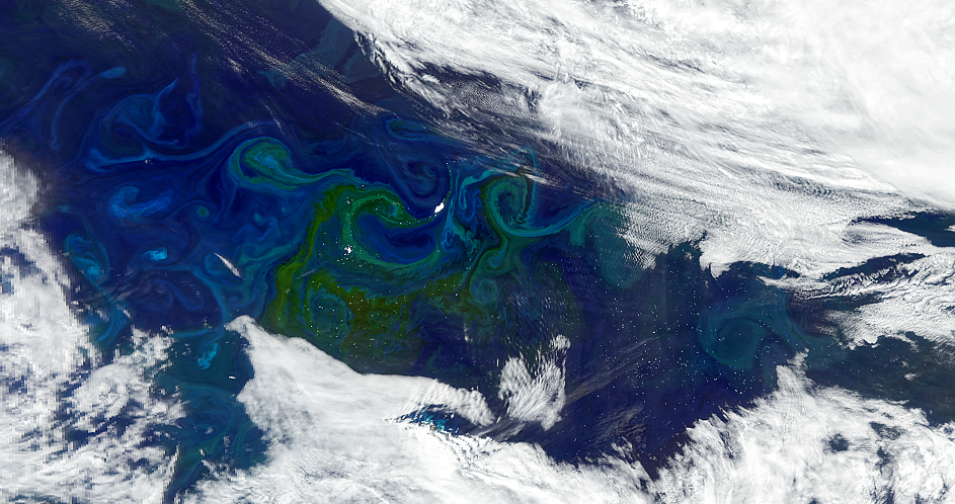Are you looking for data learning resources to work with NASA's ocean color datasets, services, and tools? The new Help Hub, released by NASA's Ocean Biology Distributed Active Archive Center (OB.DAAC), provides access to many helpful ocean color resources including:
- Tutorials and webinars that teach users how to access and process ocean color data in a Python Jupyter Notebook environment
- OB.DAAC’s official analysis and visualization of remote sensing data software, and much more
OB.DAAC is the discipline-specific data center responsible for managing, archiving, and distributing satellite ocean biology data produced or collected under NASA's Earth Observing System Data and Information System (EOSDIS) as part of NASA's Earth Science Data System (ESDS) Program. OB.DAAC’s holdings include data from a mixture of historical and current missions, as well as data from both NASA and partner space organizations.
Do you have an idea for a new resource or tutorial? Share it with us on the Earthdata Forum using the tags OB.DAAC under DAAC and Data Recipes under Services/Usage.
